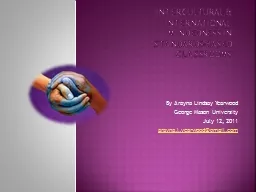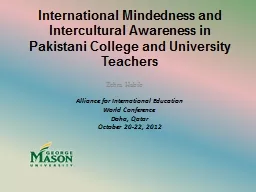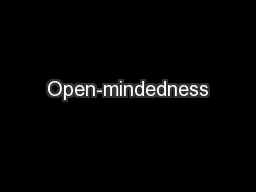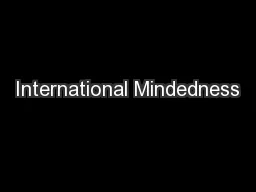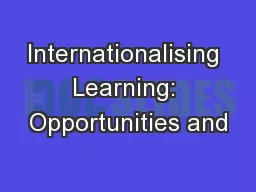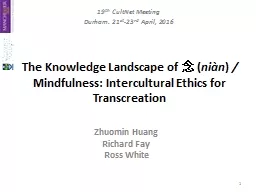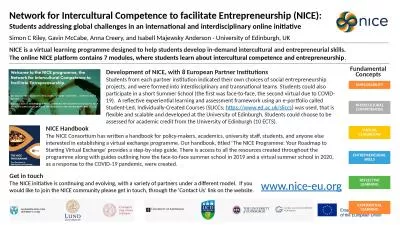PPT-Intercultural & International Mindedness in Standards-b
Author : myesha-ticknor | Published Date : 2016-11-20
By Arayna Lindsay Yearwood George Mason University July 12 2011 a raynalyearwoodgmailcom Warm up What is culture How would you describe your culture Make a list
Presentation Embed Code
Download Presentation
Download Presentation The PPT/PDF document "Intercultural & International Minded..." is the property of its rightful owner. Permission is granted to download and print the materials on this website for personal, non-commercial use only, and to display it on your personal computer provided you do not modify the materials and that you retain all copyright notices contained in the materials. By downloading content from our website, you accept the terms of this agreement.
Intercultural & International Mindedness in Standards-b: Transcript
Download Rules Of Document
"Intercultural & International Mindedness in Standards-b"The content belongs to its owner. You may download and print it for personal use, without modification, and keep all copyright notices. By downloading, you agree to these terms.
Related Documents

